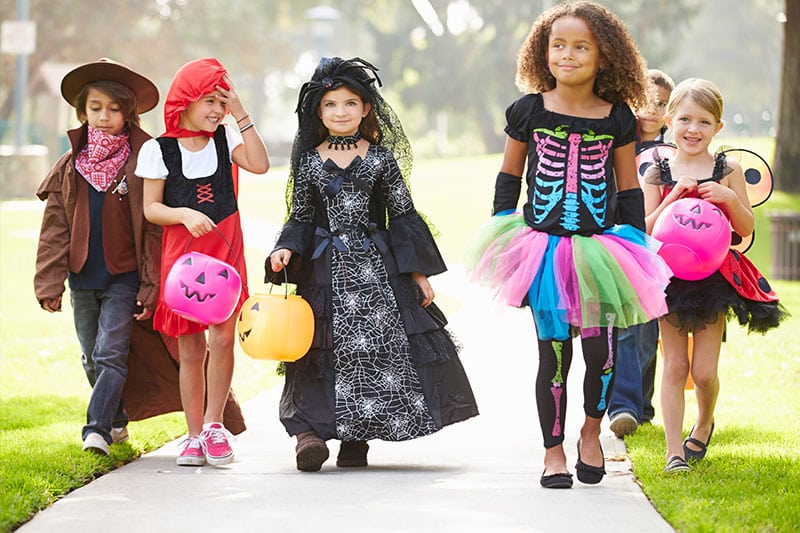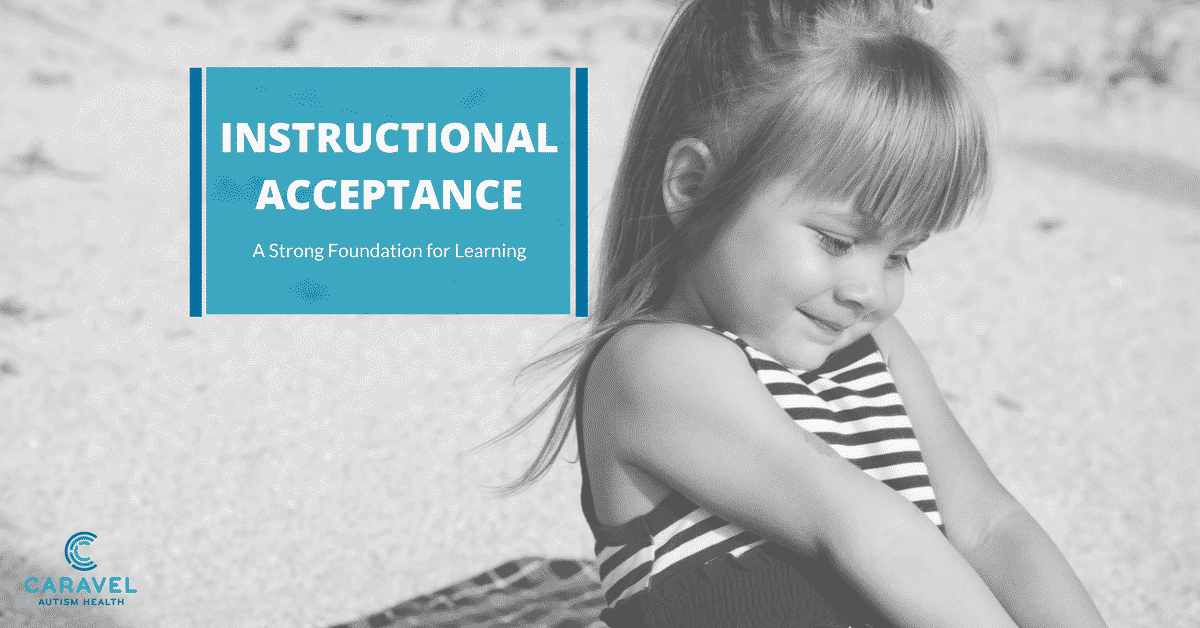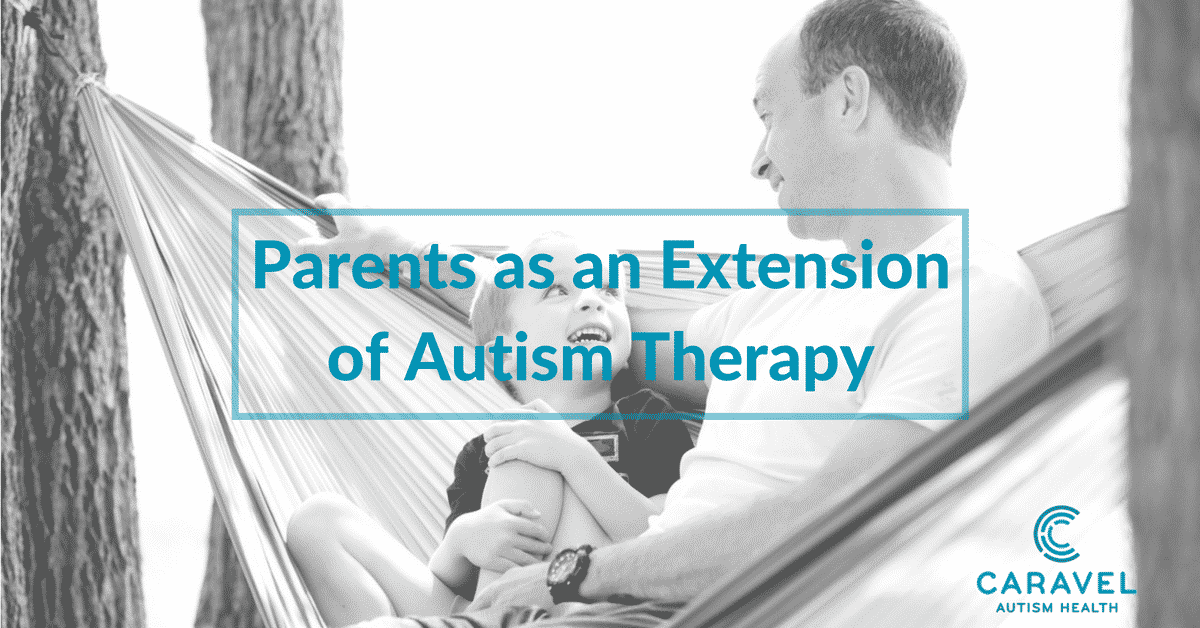Halloween can be especially challenging for kids with autism. To help your family prepare for Halloween festivities, our experts offer the following tips:
Help your child envision the holiday with a personal “Halloween orientation”
Reducing anxiety is a great way to help a child enjoy the holiday. If your child can see and hear what Halloween is going to feel like, he or she will be much better prepared for a positive experience. Gather photos and videos of families enjoying Halloween. (YouTube can be a great source for videos.) Explain what the neighborhood will look like. Describe the decorations, the costumes, the trick-or-treating experience, and the overall energy of the holiday. This orientation will help prepare your child for what to expect and will lessen the element of surprise when Halloween rolls around.
Help your child choose a costume and get used to it
Costumes can be particularly challenging for children with sensory issues. Store-bought costumes may have scratchy fabric and unfamiliar smells. They may be too loose or too baggy. Makeup can feel sticky and uncomfortable. Masks can make it difficult to hear or see. Many parents forgo the traditional costume for their children with sensory issues. Instead, they might take their child shopping to pick out a special Halloween-themed shirt or a funny hat to wear with regular clothing on the big day.
Whatever costume you and your child choose, make sure you try it out several times before Halloween arrives. If your child can’t seem to get comfortable with the chosen costume, don’t force the issue.
Play “trick or treat” before October 31 arrives
Not all kids on the spectrum can tolerate trick-or-treating. But if you plan on giving it a try, help prepare your child in advance. Explain how it works. Break down the specific steps that occur: knocking on the door, saying “trick or treat,” staying on the porch, waiting for the candy, then saying “thank you.” Many therapists and teachers help children get comfortable through role-playing. Enlist the help of a few friendly neighbors willing to help with a practice run.
Scope out the neighborhood to determine what might create stress
Before you venture out on Halloween night, check out your neighbors’ holiday decor and talk with them. Houses with over the top decorations may be too overwhelming for your child. Spooky music and loud sounds can be frightening. If something is going to pop out of the shadows as the trick-or-treaters approach, you may want to avoid that house.
Don’t be afraid to adjust the plan based on your child’s reaction
The Halloween experience can be a chaotic scene of sights, sounds and smells. That combination can overwhelm any child, not just those with sensory issues. In addition, Halloween is all about make-believe, and many children with autism have a difficult time understanding the concept of make-believe.
If you venture outside to trick or treat, watch closely to see how comfortable your child is feeling. Some will take to it almost immediately. (The free candy doesn’t hurt!) Others will have had enough after just a few houses. And that’s perfectly okay.
If the idea of going door to door seems daunting, create an alternate plan. Maybe you and your child sit on the porch and hand out candy to other neighborhood children. You may decide to participate in alternate Halloween celebrations at the local community center or shopping mall.
Your family’s celebration doesn’t have to look exactly like everyone else’s. The more you can do to prepare your child for the holiday and reduce stress, the more positive the experience will be for everyone. Happy Halloween from all of us at Caravel Autism Health!





